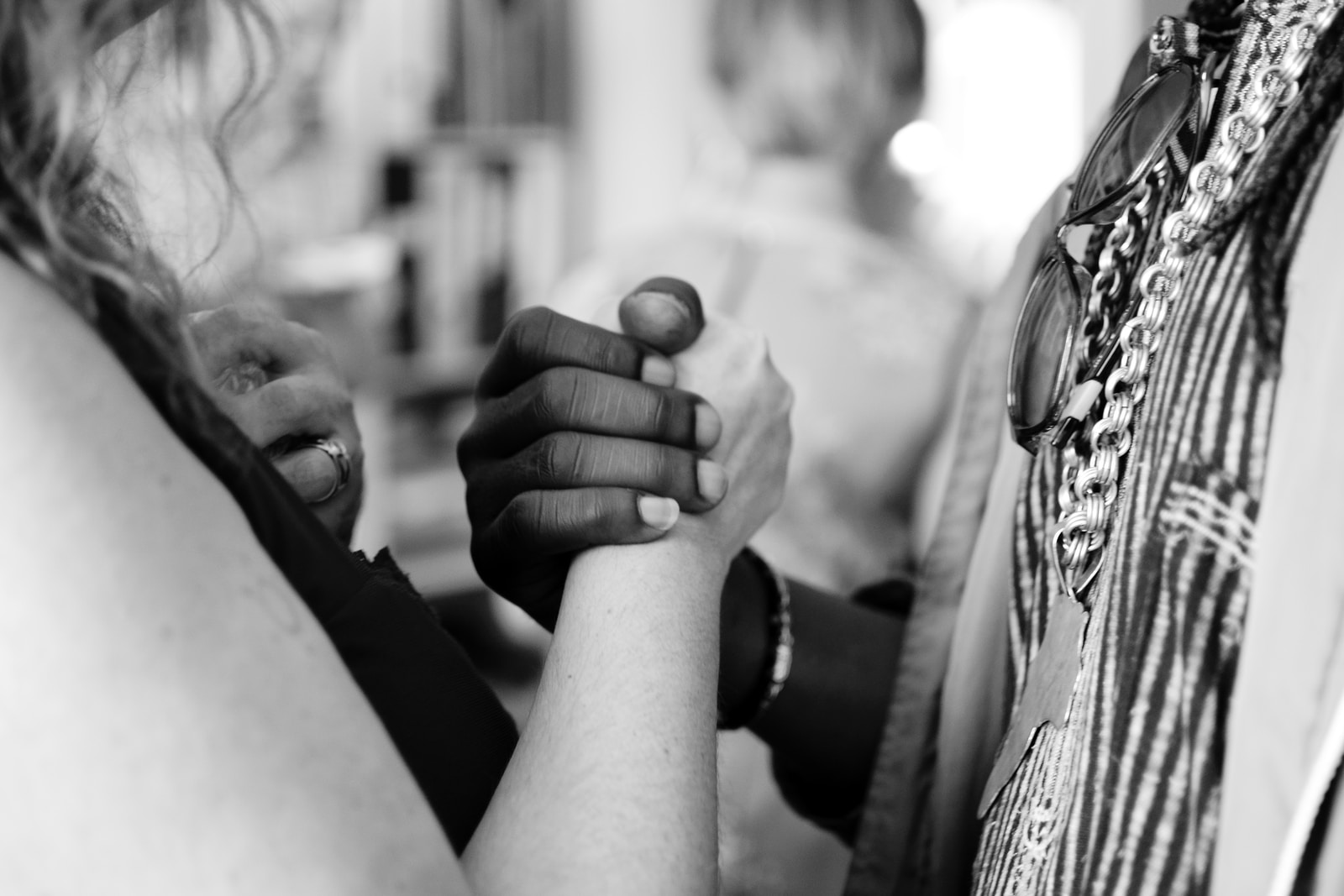Happier Way Original –
With more people becoming socially aware of the impact that certain issues have on race, wealth disparity, and gender rights, among many others, you may have heard the terms “equity” and “equality” thrown around loosely. In fact, often these terms seem to be interchangeable the way they are used in social conversations and even in mainstream media outlets. But when it comes to equity vs. equality, it is important to understand the difference between these terms and how to use them correctly.
What’s the Difference Between Equity vs. Equality?
The easiest way to understand the difference between equity and equality is thinking about the difference between inputs and outputs. Equality is largely about what is put into something. That is to say, it is about providing equal opportunity of pursuit. Equity, on the other hand, is about the result. The core focus of equity is ensuring the outcomes of those opportunities are fair.
There is a popular image online that helps to illustrate this difference between equity vs. equality. It shows three people trying to look over a fence to watch a baseball game. One looks to be an adult, one is a teenager, and one is a small child. Equality would mean that they are all given the same size crate to stand on to see over the fence—which puts the taller people further ahead and still doesn’t allow the young child to see over. Equity would mean giving the three people different sized crates so that their eye-levels are the same.
While this metaphor is not perfect, it helps to drive home the point that what is most important is not necessarily equality, but rather we should focus on improving equity. This means that especially for under-privileged or under-represented groups, simply allocating them the same resources as other groups will not result in an equitable society. The reallocation of resources should instead intend to level the playing field so that all people have a fair opportunity to achieve successful outcomes.














